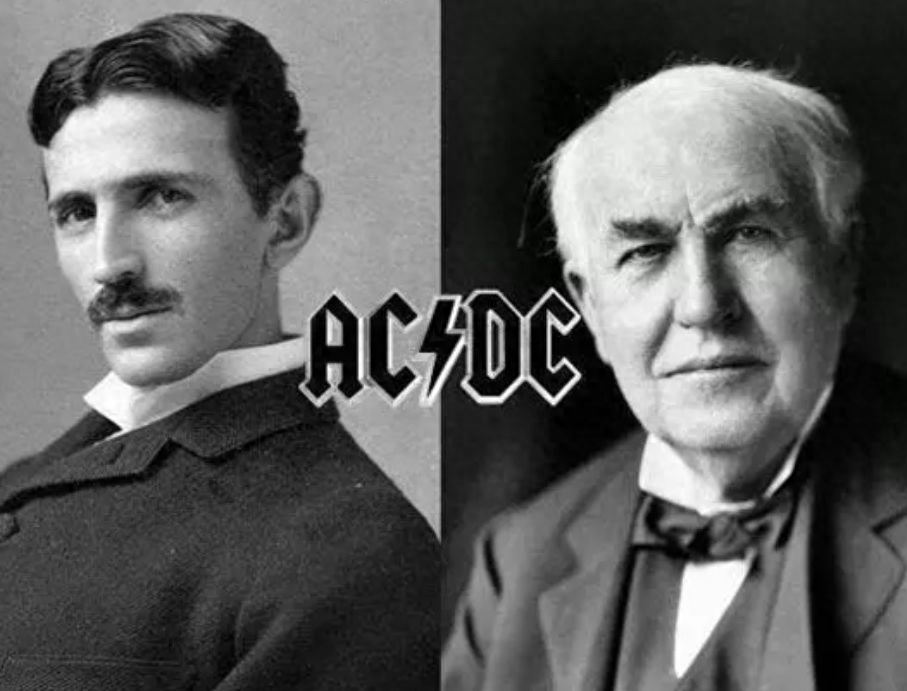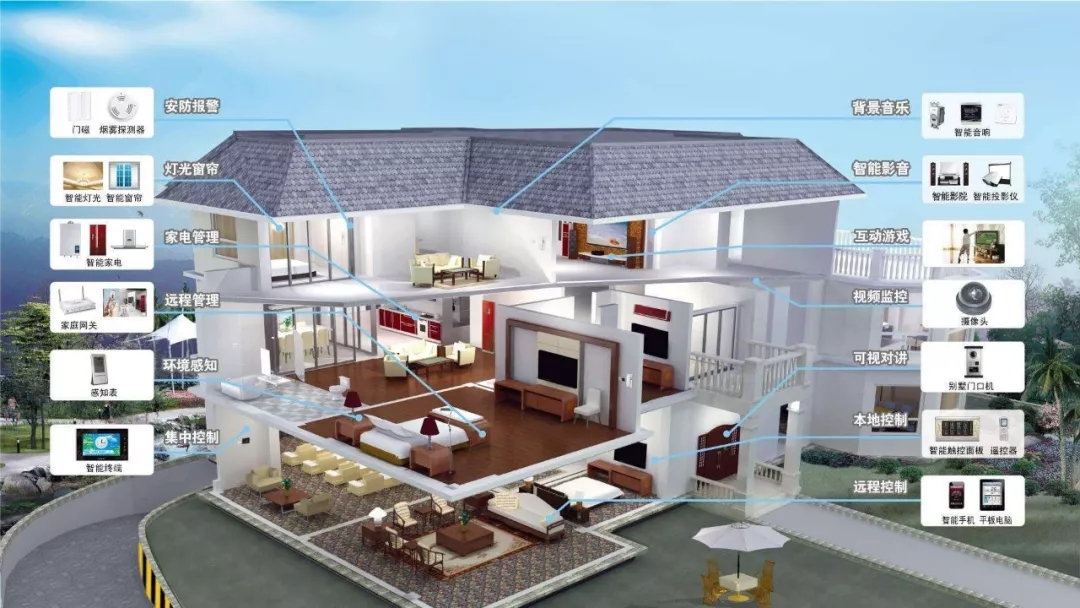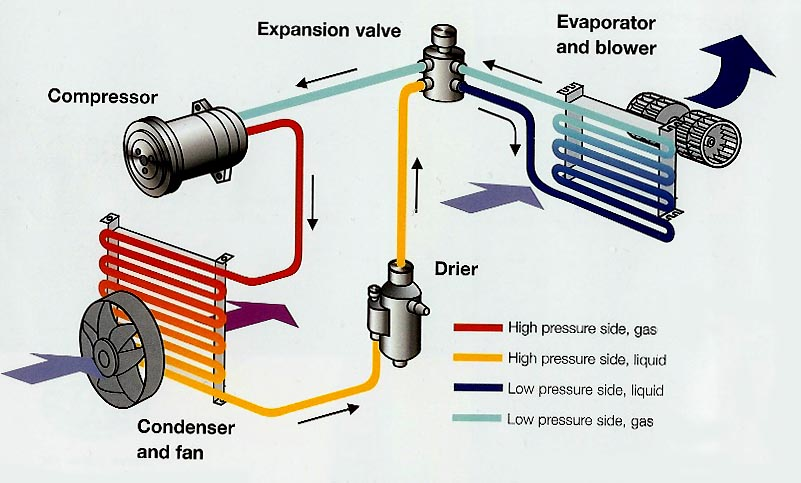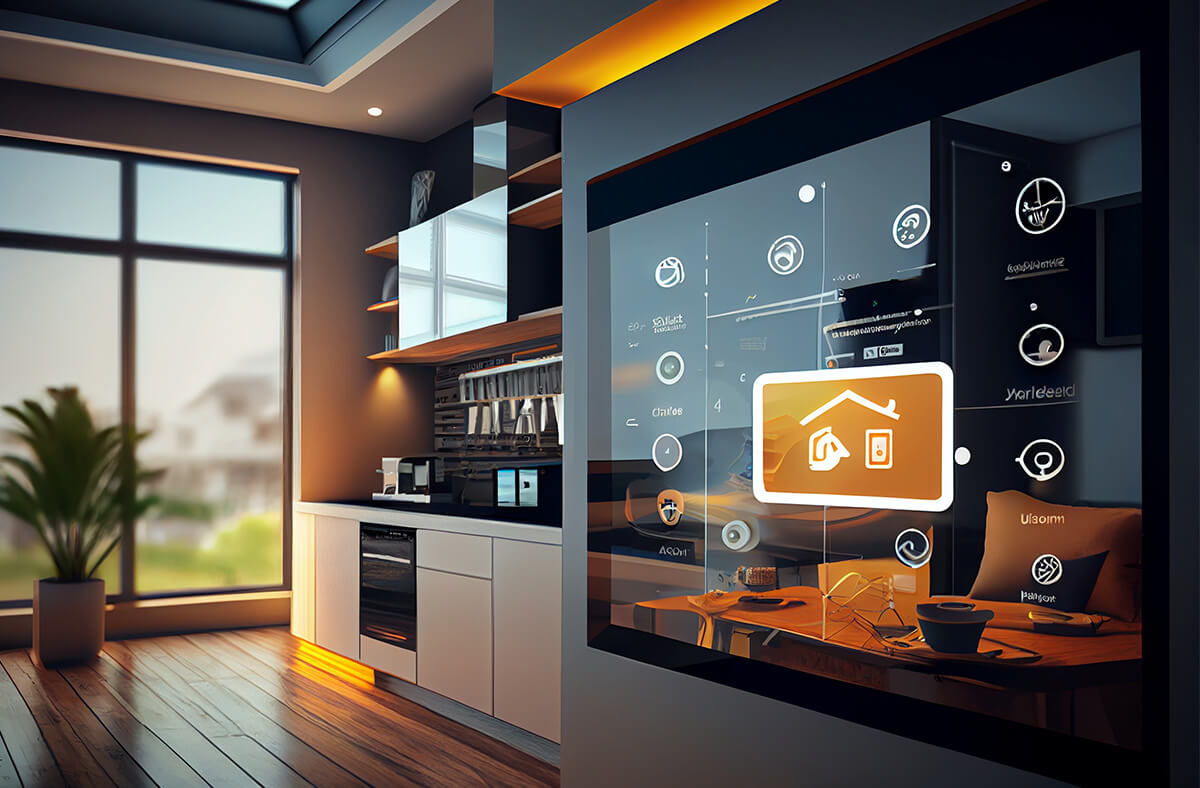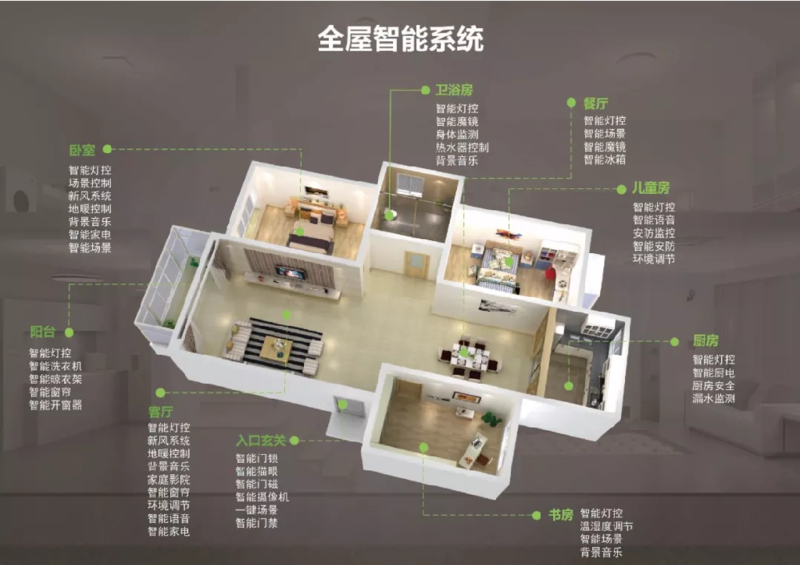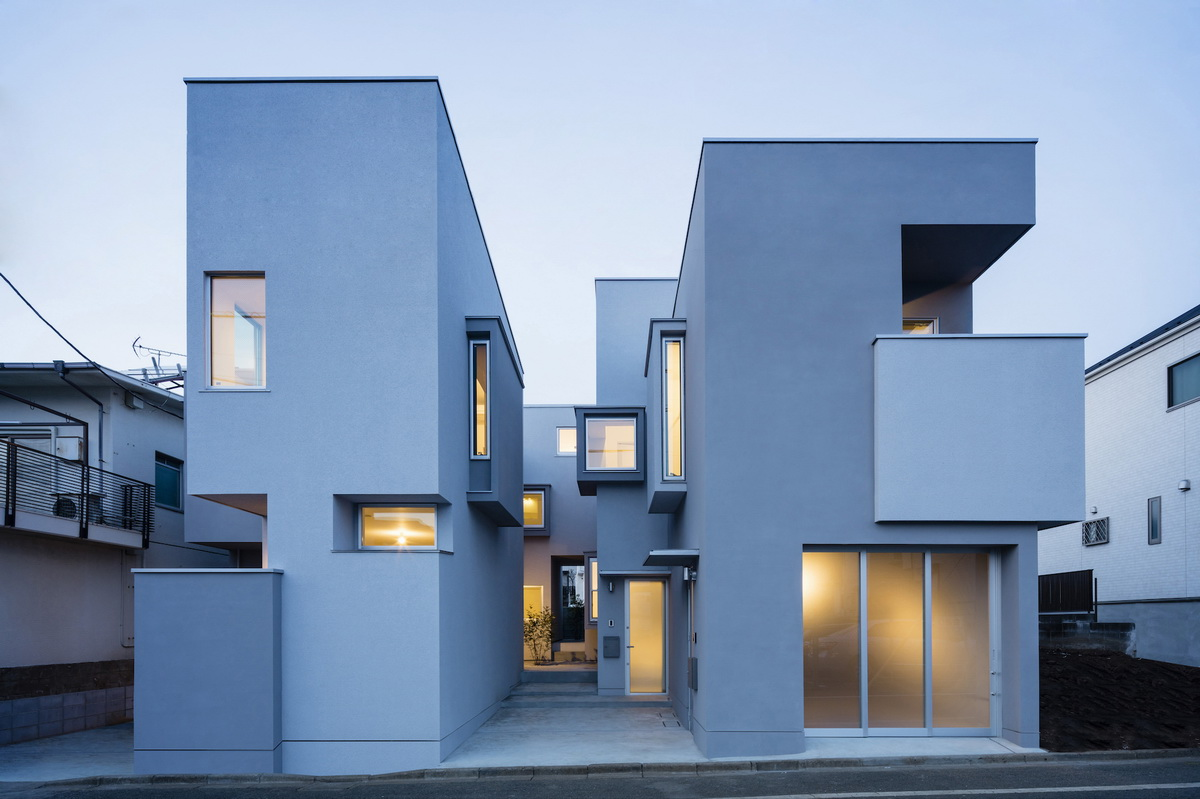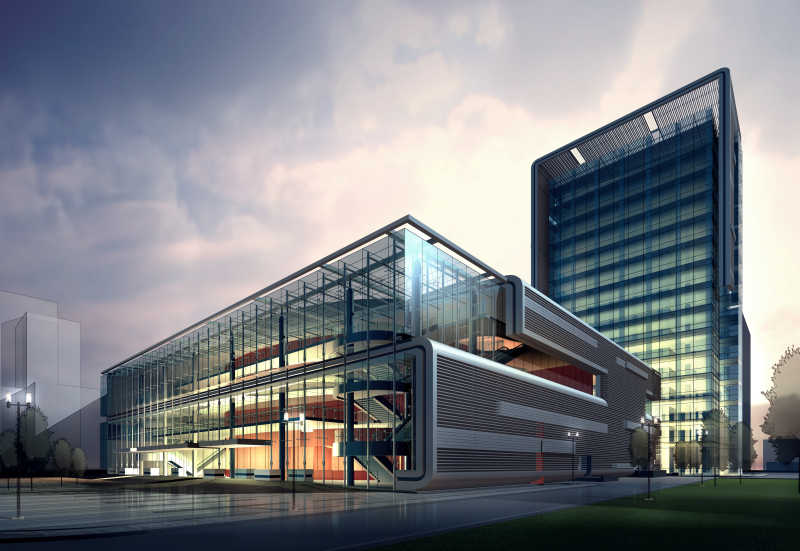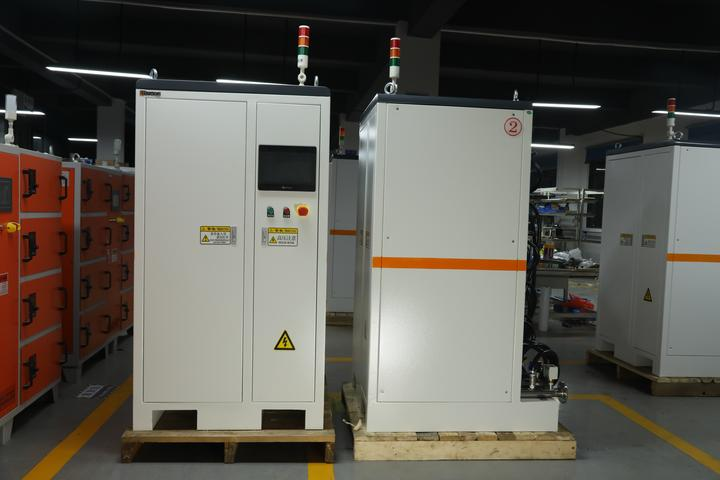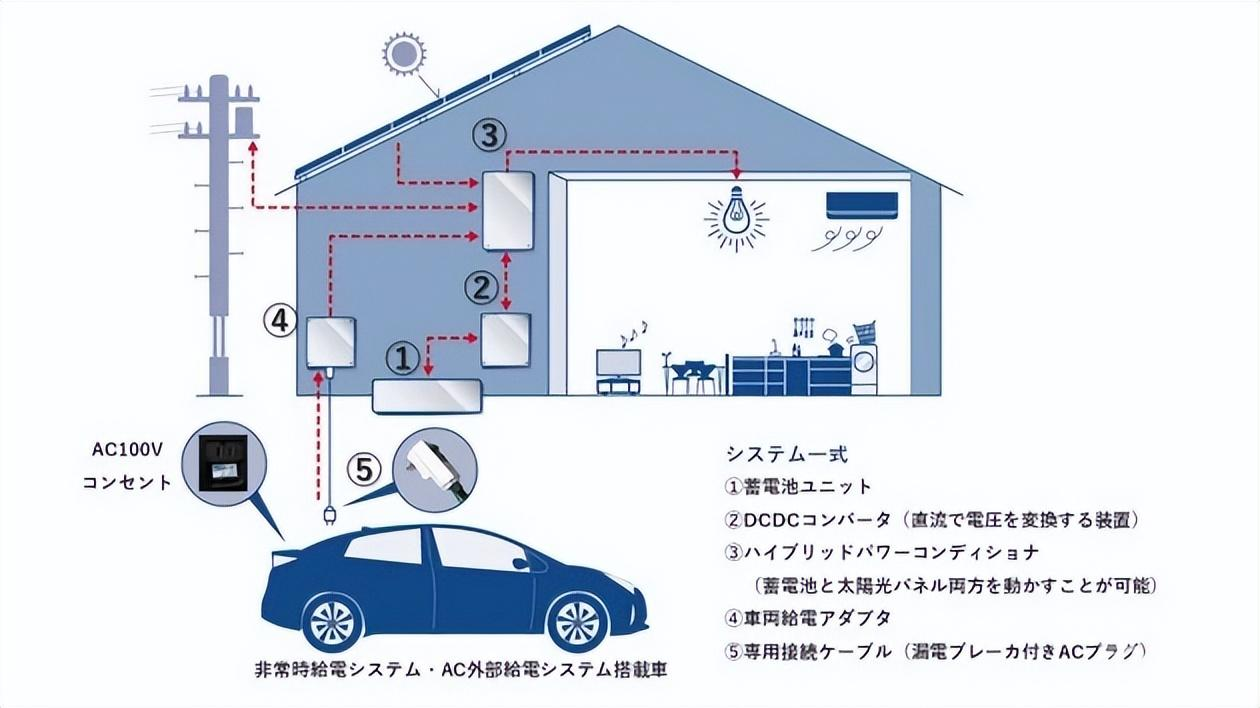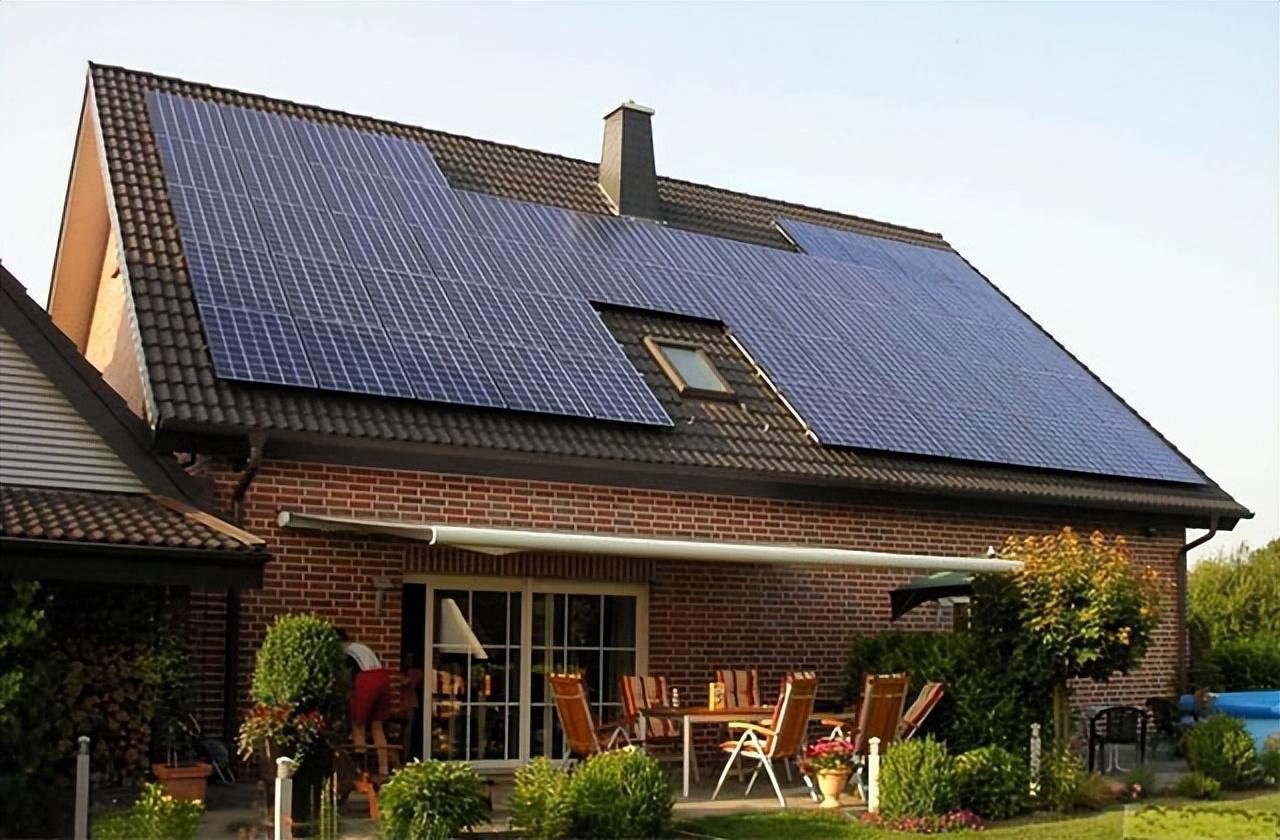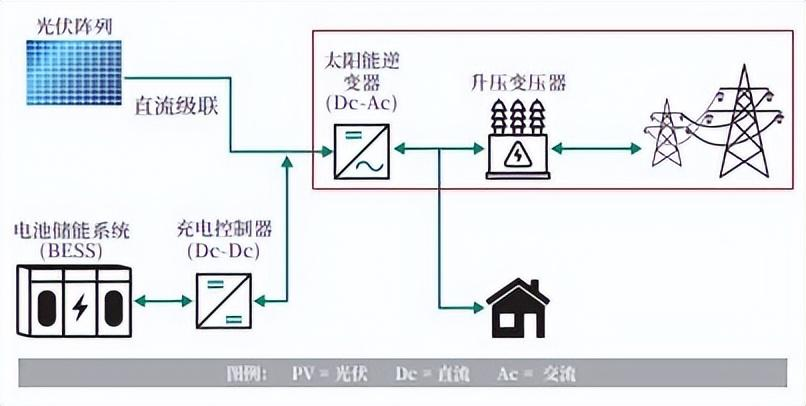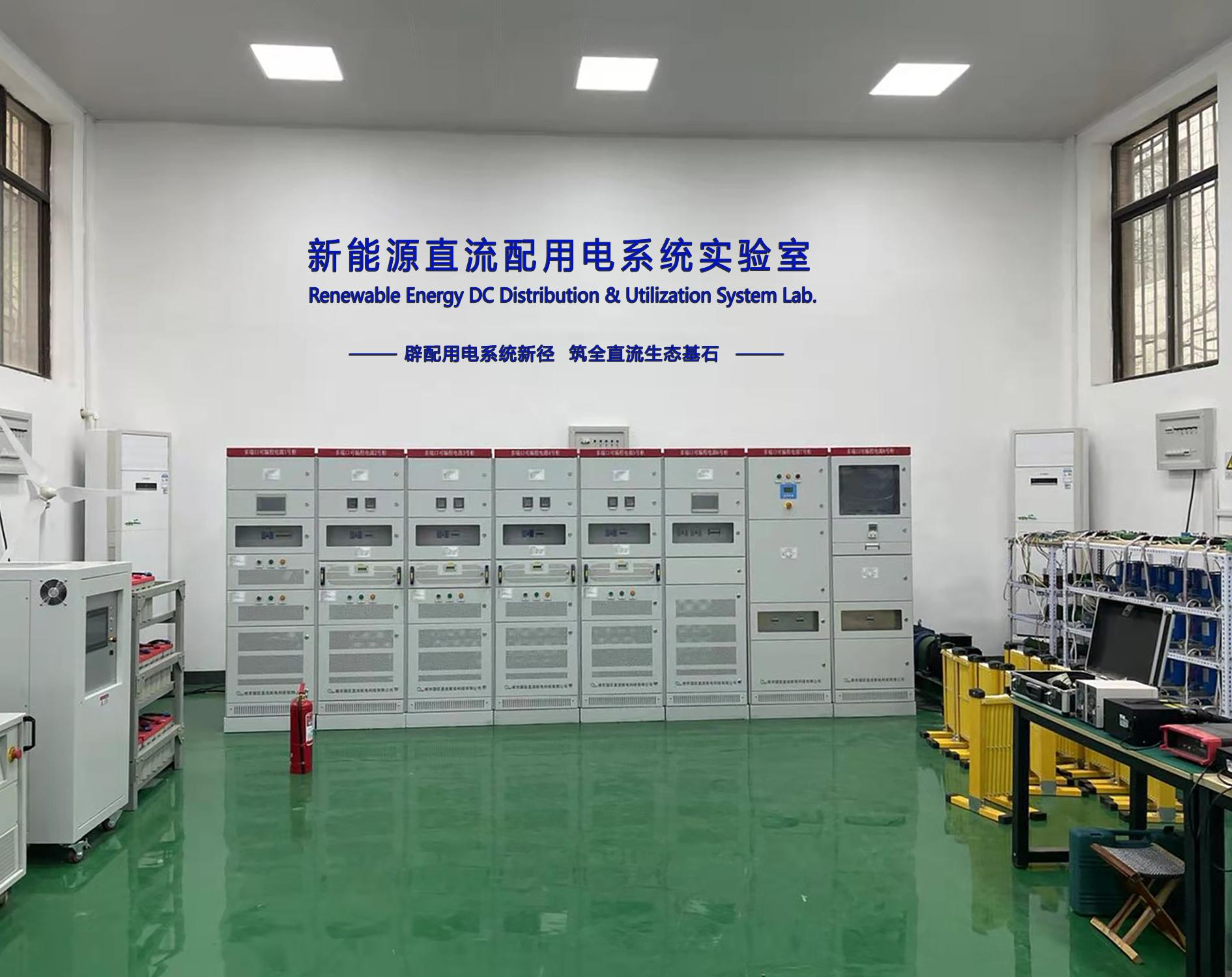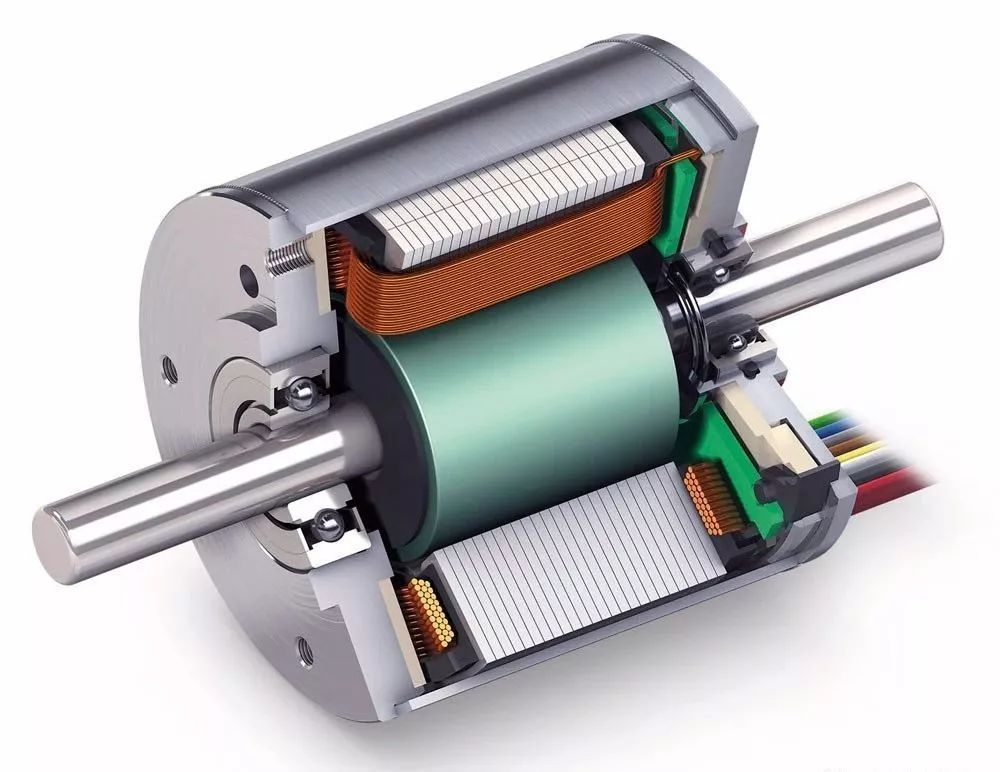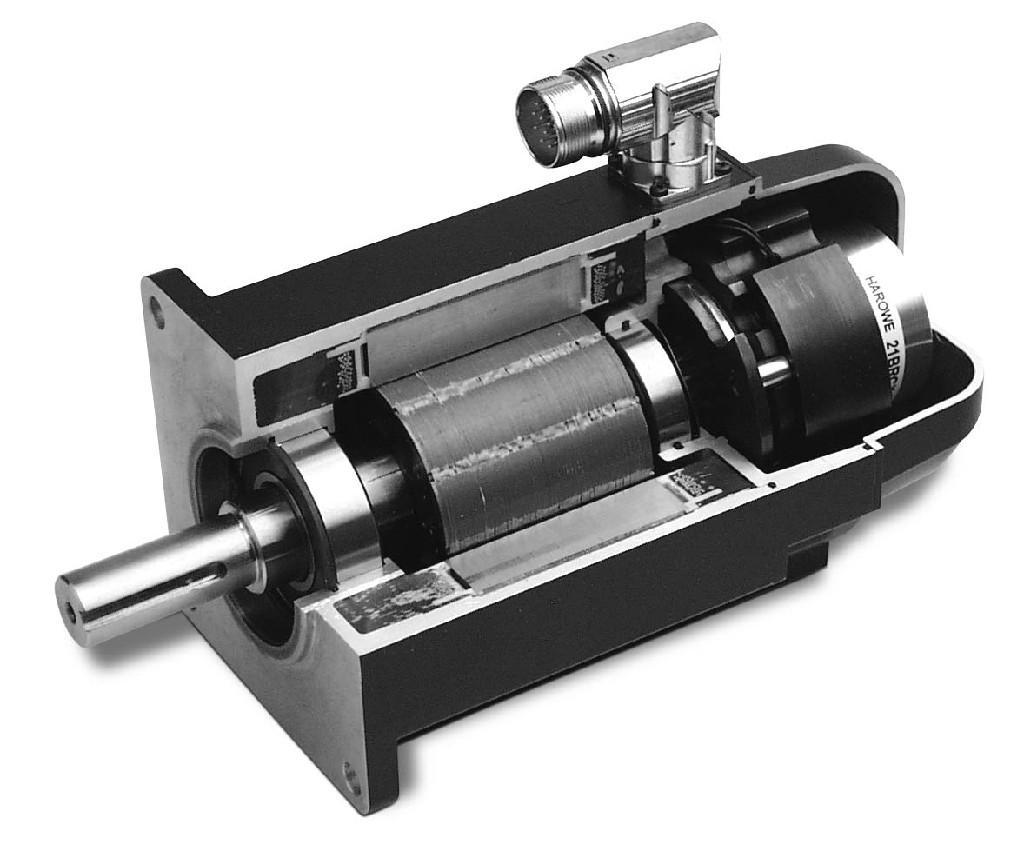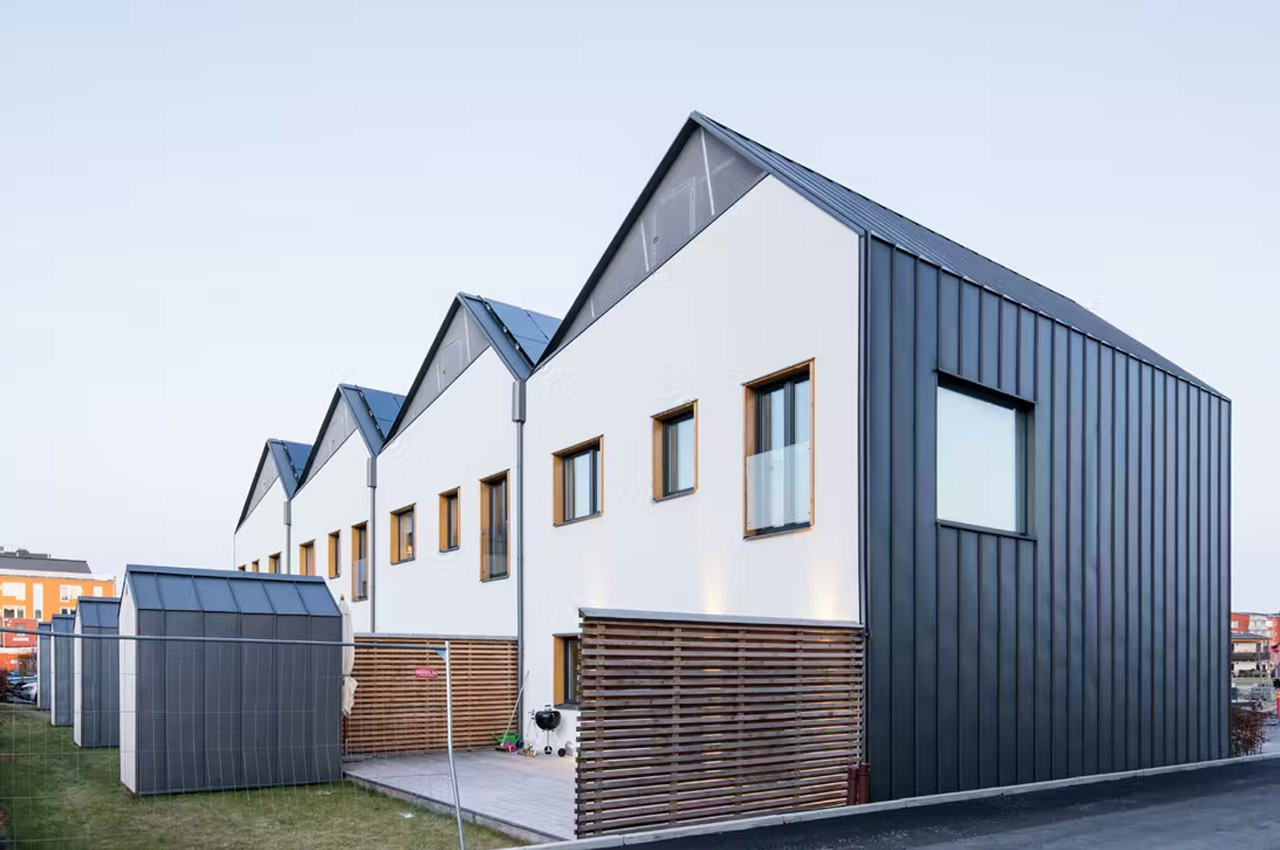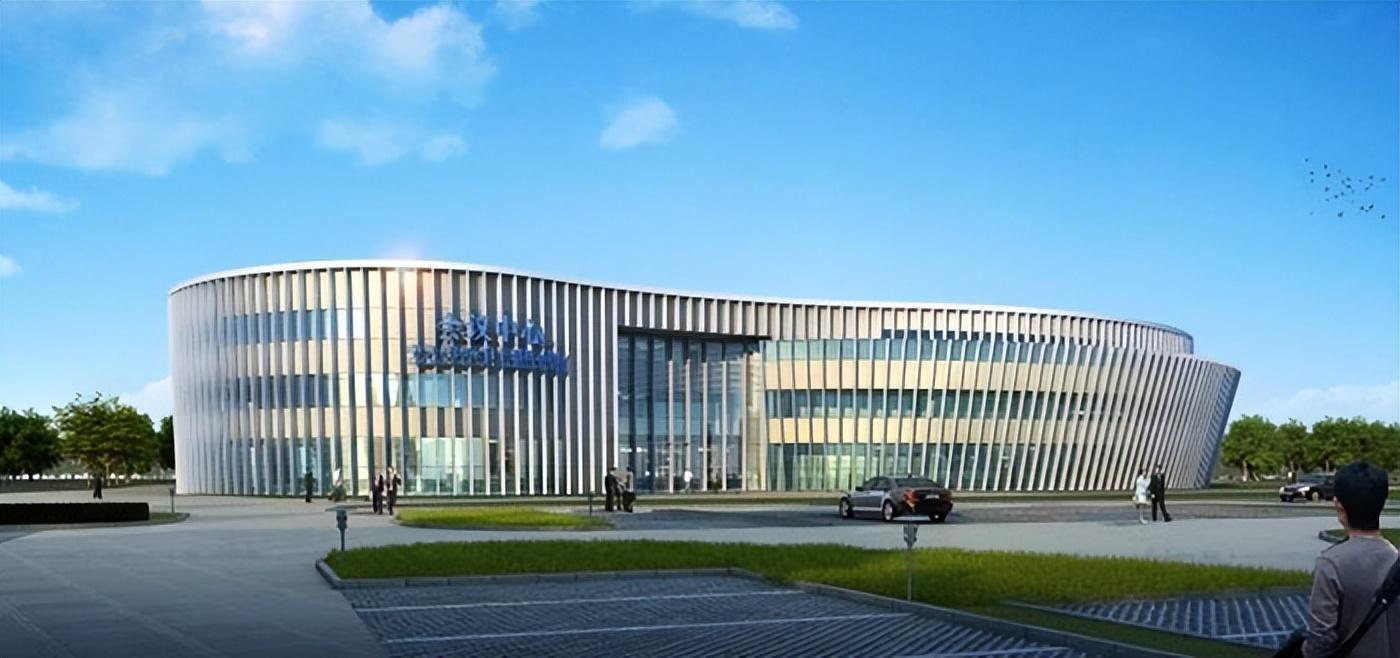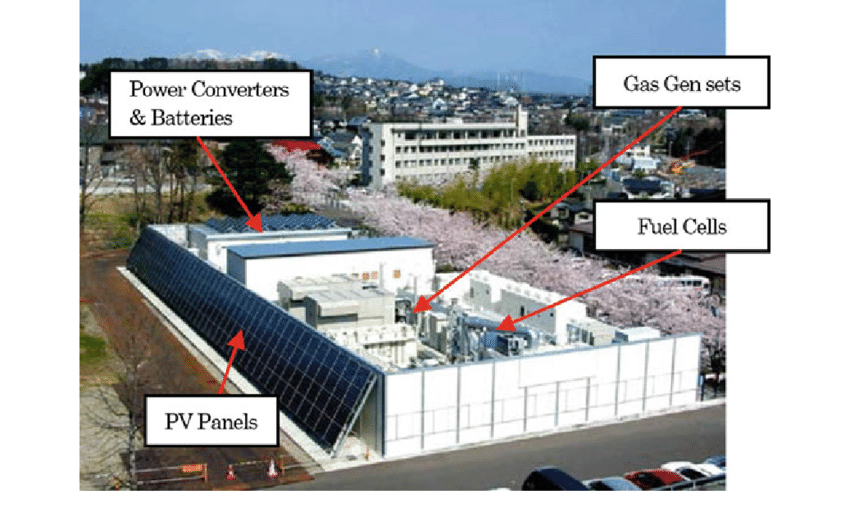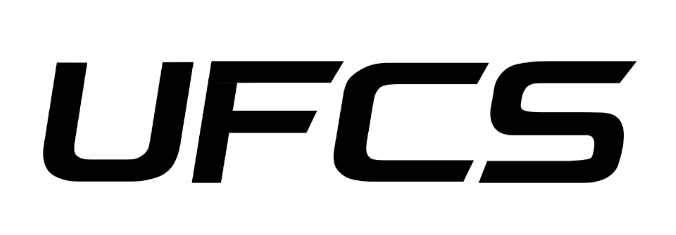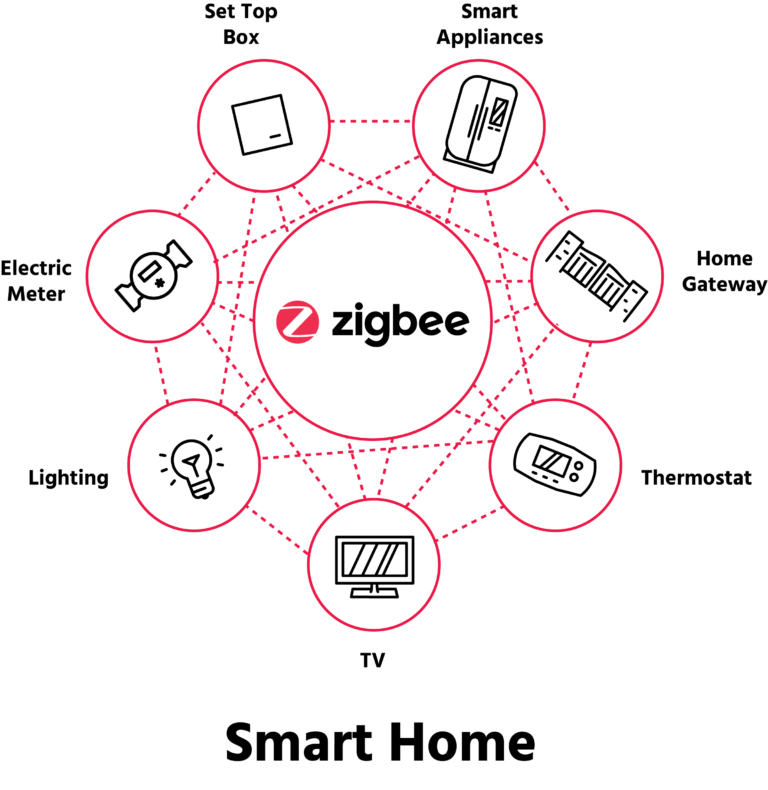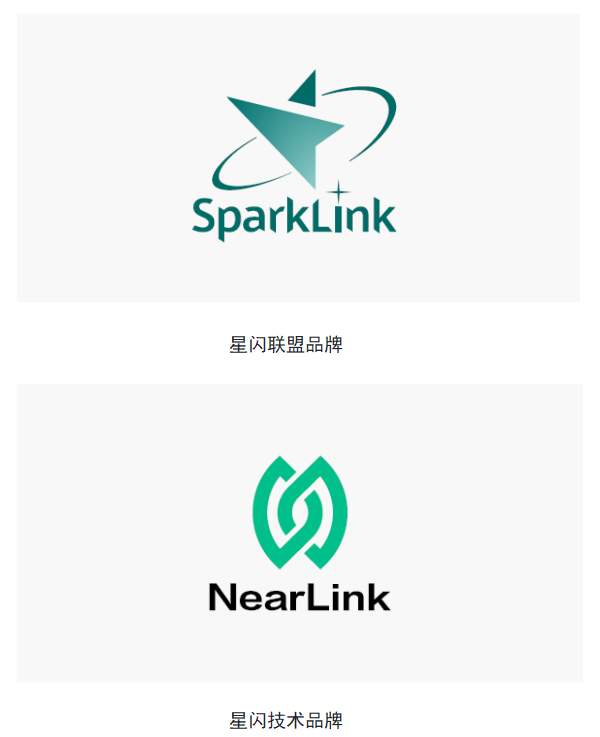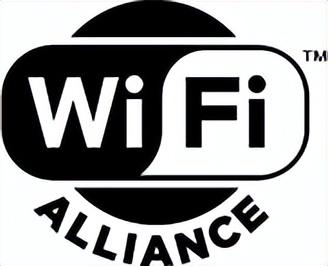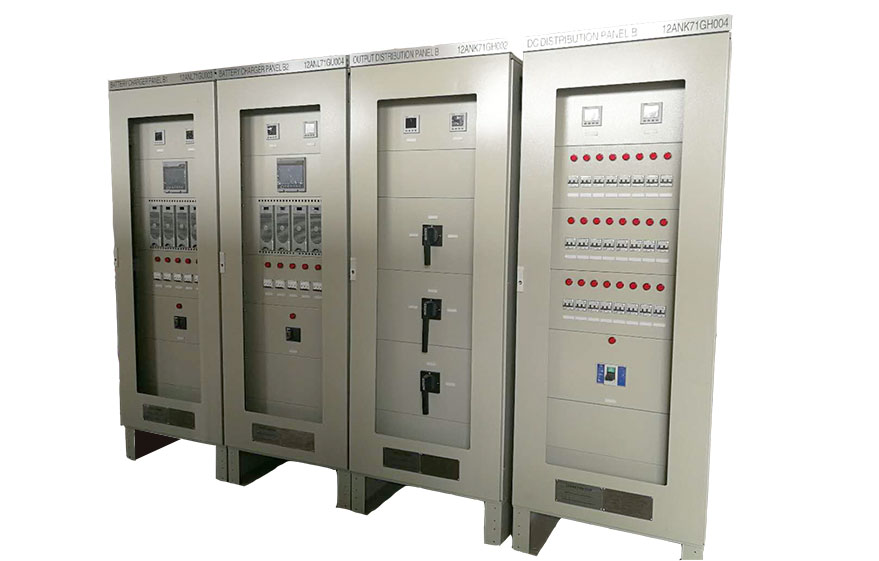PREFACE
People have come a long way from electricity being discovered to being widely used as “electricity” and “electric energy”. One of the most striking ones is the “route dispute” between AC and DC. The protagonists are two contemporary geniuses, Edison and Tesla. However, what is interesting is that from the perspective of new and new humans in the 21st century, this “debate” is not completely won or lost.
Although currently everything from power generation sources to electric transportation systems is basically “alternating current”, direct current is everywhere in many electrical appliances and terminal equipment. In particular, the “whole-house DC” power system solution, which has been favored by everyone in recent years, combines IoT engineering technology and artificial intelligence to provide a strong guarantee for “smart home life”. Follow the Charging Head Network below to learn more about what whole-house DC is.
BACKGROUND INTRODUCTION
Direct Current (DC) throughout the home is an electrical system that uses direct current power in homes and buildings. The concept of “whole-house DC” was proposed in the context that the shortcomings of traditional AC systems have become increasingly obvious and the concept of low-carbon and environmental protection has been paid more and more attention to.
TRADITIONAL AC SYSTEM
Currently, the most common power system in the world is the alternating current system. The alternating current system is a system of power transmission and distribution that works based on changes in current flow caused by the interaction of electric and magnetic fields. Here are the main steps of how an AC system works:
Generator: The starting point of a power system is the generator. A generator is a device that converts mechanical energy into electrical energy. The basic principle is to generate induced electromotive force by cutting wires with a rotating magnetic field. In AC power systems, synchronous generators are usually used, and their rotors are driven by mechanical energy (such as water, gas, steam, etc.) to generate a rotating magnetic field.
Alternating current generation: The rotating magnetic field in the generator causes changes in the induced electromotive force in the electrical conductors, thereby generating alternating current. The frequency of alternating current is usually 50 Hz or 60 Hz per second, depending on the power system standards in different regions.
Transformer step-up: Alternating current passes through transformers in power transmission lines. A transformer is a device that uses the principle of electromagnetic induction to change the voltage of an electric current without changing its frequency. In the power transmission process, high-voltage alternating current is easier to transmit over long distances because it reduces energy loss caused by resistance.
Transmission and distribution: High-voltage alternating current is transmitted to various places through transmission lines, and then stepped down through transformers to meet the needs of different uses. Such transmission and distribution systems allow the efficient transfer and utilization of electrical energy between different uses and locations.
Applications of AC Power: At the end-user end, AC power is supplied to homes, businesses, and industrial facilities. In these places, alternating current is used to drive a variety of equipment, including lighting, electric heaters, electric motors, electronic equipment, and more.
Generally speaking, AC power systems became mainstream at the end of the last century due to many advantages such as stable and controllable alternating current systems and lower power losses on the lines. However, with the advancement of science and technology, the power angle balance problem of AC power systems has become acute. The development of power systems has led to the successive development of many power devices such as rectifiers (converting AC power into DC power) and inverters (converting DC power into AC power). born. The control technology of converter valves has also entered a very clear stage, and the speed of cutting off DC power is no less than that of AC circuit breakers.
This makes many shortcomings of the DC system gradually disappear, and the technical foundation of whole-house DC is in place.
ENVIROMENTALLY FRIENDLY AND LOW-CARBON CONCEPT
In recent years, with the emergence of global climate problems, especially the greenhouse effect, environmental protection issues have received more and more attention. Since whole-house DC is better compatible with renewable energy systems, it has very outstanding advantages in energy conservation and emission reduction. So it is getting more and more attention.
In addition, the DC system can save a lot of components and materials due to its “direct-to-direct” circuit structure, and is also very consistent with the concept of “low-carbon and environmentally friendly”.
WHOLE-HOUSE INTELLIGENCE CONCEPT
The basis for the application of whole-house DC is the application and promotion of whole-house intelligence. In other words, the indoor application of DC systems is basically based on intelligence, and it is an important means to empower “whole-house intelligence”.
Smart Home refers to connecting various home devices, appliances and systems through advanced technology and intelligent systems to achieve centralized control, automation and remote monitoring, thereby improving the convenience, comfort and convenience of home life. Safety and energy efficiency.
FUNDAMENTAL
The implementation principles of whole-house intelligent systems involve many key aspects, including sensor technology, smart devices, network communications, smart algorithms and control systems, user interfaces, security and privacy protection, and software updates and maintenance. These aspects are discussed in detail below.
Sensor Technology
The basis of a whole-house smart system is a variety of sensors used to monitor the home environment in real time. Environmental sensors include temperature, humidity, light, and air quality sensors to sense indoor conditions. Motion sensors and door and window magnetic sensors are used to detect human movement and door and window status, providing basic data for security and automation. Smoke and gas sensors are used to monitor fires and harmful gases to improve home safety.
Smart Device
Various smart devices form the core of the whole-house smart system. Smart lighting, home appliances, door locks, and cameras all have functions that can be controlled remotely through the Internet. These devices are connected to a unified network through wireless communication technologies (such as Wi-Fi, Bluetooth, Zigbee), allowing users to control and monitor home devices through the Internet anytime and anywhere.
Telecommunication
The devices of the whole-house intelligent system are connected through the Internet to form an intelligent ecosystem. Network communication technology ensures that devices can work seamlessly together while providing the convenience of remote control. Through cloud services, users can remotely access home systems to monitor and remotely control device status.
Intelligent algorithms and control systems
Using artificial intelligence and machine learning algorithms, the whole-house intelligent system can intelligently analyze and process data collected by sensors. These algorithms enable the system to learn the user’s habits, automatically adjust the working status of the device, and achieve intelligent decision-making and control. The setting of scheduled tasks and trigger conditions enables the system to automatically perform tasks under specific situations and improve the automation level of the system.
User Interface
In order to allow users to operate the whole-house intelligent system more conveniently, a variety of user interfaces are provided, including mobile applications, tablets or computer interfaces. Through these interfaces, users can conveniently control and monitor home devices remotely. In addition, voice control allows users to control smart devices through voice commands through the application of voice assistants.
ADVANTAGES OF WHOLE-HOUSE DC
There are many advantages to installing DC systems in homes, which can be summarized in three aspects: high energy transmission efficiency, high integration of renewable energy, and high equipment compatibility.
EFFICIENCY
First of all, in indoor circuits, the power equipment used often has a low voltage, and DC power does not require frequent voltage transformation. Reducing the use of transformers can effectively reduce energy loss.
Secondly, the loss of wires and conductors during the transmission of DC power is relatively small. Because the resistance loss of DC does not change with the direction of the current, it can be controlled and reduced more effectively. This enables DC power to exhibit higher energy efficiency in some specific scenarios, such as short-distance power transmission and local power supply systems.
Finally, with the development of technology, some new electronic converters and modulation technologies have been introduced to improve the energy efficiency of DC systems. Efficient electronic converters can reduce energy conversion losses and further improve the overall energy efficiency of DC power systems.
RENEWABLE ENERGY INTEGRATION
In the whole-house intelligent system, renewable energy will also be introduced and converted into electric energy. This can not only implement the concept of environmental protection, but also make full use of the structure and space of the house to ensure energy supply. In contrast, DC systems are easier to integrate with renewable energy sources such as solar energy and wind energy.
DEVICE COMPATIBILITY
The DC system has better compatibility with indoor electrical equipment. At present, many equipment such as LED lights, air conditioners, etc. are themselves DC drives. This means that DC power systems are easier to achieve intelligent control and management. Through advanced electronic technology, the operation of DC equipment can be more precisely controlled and intelligent energy management can be achieved.
APPLICATION AREAS
The many advantages of the DC system just mentioned can only be perfectly reflected in some specific fields. These areas are the indoor environment, which is why whole-house DC can shine in today’s indoor areas.
RESIDENTIAL BUILDING
In residential buildings, whole-house DC systems can provide efficient energy for many aspects of electrical equipment. Lighting systems are a significant application area. LED lighting systems powered by DC can reduce energy conversion losses and improve energy efficiency.
In addition, DC power can also be used to power home electronic devices, such as computers, mobile phone chargers, etc. These devices themselves are DC devices without additional energy conversion steps.
COMMERCIAL BUILDING
Offices and commercial facilities in commercial buildings can also benefit from whole-house DC systems. DC power supply for office equipment and lighting systems helps improve energy efficiency and reduce energy waste.
Some commercial appliances and equipment, especially those requiring DC power, can also work more efficiently, thereby improving the overall energy efficiency of commercial buildings.
INDUSTRIAL APPLICATIONS
In the industrial field, whole-house DC systems can be applied to production line equipment and electric workshops. Some industrial equipment uses DC power. Using DC power can improve energy efficiency and reduce energy waste. This is particularly evident in the use of power tools and workshop equipment.
ELECTRIC VEHICLE CHARGING AND ENERGY STORAGE SYSTEMS
In the field of transportation, DC power systems can be used to charge electric vehicles to improve charging efficiency. In addition, whole-house DC systems can also be integrated into battery energy storage systems to provide households with efficient energy storage solutions and further improve energy efficiency.
INFORMATION TECHNOLOGY AND COMMUNICATIONS
In the field of information technology and communications, data centers and communication base stations are ideal application scenarios for whole-house DC systems. Since many devices and servers in data centers use DC power, DC power systems help improve the performance of the entire data center. Similarly, communication base stations and equipment can also use DC power to improve the energy efficiency of the system and reduce dependence on traditional power systems.
WHOLE-HOUSE DC SYSTEM COMPONENTS
So how is a whole-house DC system constructed? In summary, the whole-house DC system can be divided into four parts: DC power generation source, tributary energy storage system, DC power distribution system, and tributary electrical equipment.
DC POWER SOURCE
In a DC system, the starting point is the DC power source. Unlike the traditional AC system, the DC power source for the whole house generally does not completely rely on the inverter to convert AC power into DC power, but will choose external renewable energy. As the sole or primary energy supply.
For example, a layer of solar panels will be laid on the exterior wall of the building. The light will be converted into DC power by the panels, and then stored in the DC power distribution system, or directly transmitted to the terminal equipment application; it can also be installed on the exterior wall of the building or room. Build a small wind turbine on top and convert it into direct current. Wind power and solar power are currently the more mainstream DC power sources. There may be others in the future, but they all require converters to convert them into DC power.
DC ENERGY STORAGE SYSTEM
Generally speaking, the DC power generated by DC power sources will not be directly transmitted to the terminal equipment, but will be stored in the DC energy storage system. When the equipment needs electricity, the current will be released from the DC energy storage system. Provide power indoors.
The DC energy storage system is like a reservoir, which accepts the electric energy converted from the DC power source and continuously delivers electric energy to the terminal equipment. It is worth mentioning that since DC transmission is between the DC power source and the DC energy storage system, it can reduce the use of inverters and many devices, which not only reduces the cost of circuit design, but also improves the stability of the system.
Therefore, the whole-house DC energy storage system is closer to the DC charging module of new energy vehicles than the traditional “DC coupled solar system”.
As shown in the figure above, the traditional “DC coupled solar system” needs to transmit current to the power grid, so it has additional solar inverter modules, while the “DC coupled solar system” with whole-house DC does not require an inverter and booster. Transformers and other devices, high efficiency and energy.
DC POWER DISTRIBUTION SYSTEM
The heart of a whole-house DC system is the DC distribution system, which plays a critical role in a home, building or other facility. This system is responsible for distributing power from the source to various terminal devices, achieving power supply to all parts of the house.
EFFECT
Energy distribution: The DC power distribution system is responsible for distributing electric energy from energy sources (such as solar panels, energy storage systems, etc.) to various electrical equipment in the home, including lighting, appliances, electronic equipment, etc.
Improve energy efficiency: Through DC power distribution, energy conversion losses can be reduced, thereby improving the energy efficiency of the entire system. Especially when integrated with DC equipment and renewable energy sources, electrical energy can be used more efficiently.
Supports DC Devices: One of the keys to a whole-house DC system is supporting the power supply of DC devices, avoiding the energy loss of converting AC to DC.
CONSTITUTE
DC Distribution Panel: DC distribution panel is a key device that distributes power from solar panels and energy storage systems to various circuits and devices in the home. It includes components such as DC circuit breakers and voltage stabilizers to ensure stable and reliable distribution of electrical energy.
Intelligent control system: In order to achieve intelligent management and control of energy, whole-house DC systems are usually equipped with intelligent control systems. This can include features such as energy monitoring, remote control and automated scenario setting to improve the overall performance of the system.
DC Outlets and Switches: In order to be compatible with DC equipment, the outlets and switches in your home need to be designed with DC connections. These outlets and switches can be used with DC powered equipment while ensuring safety and convenience.
DC ELECTRICAL EQUIPMENT
There are so many indoor DC power equipment that it is impossible to list them all here, but can only be roughly classified. Before that, we need to first understand what kind of equipment requires AC power and what kind of DC power. Generally speaking, high-power electrical appliances require higher voltages and are equipped with high-load motors. Such electrical appliances are driven by AC, such as refrigerators, old-fashioned air conditioners, washing machines, range hoods, etc.
There are also some electrical equipment that do not require high-power motor driving, and the precision integrated circuits can only operate at medium and low voltages, and use DC power supply, such as televisions, computers, and tape recorders.
Of course, the above distinction is not very comprehensive. At present, many high-power appliances can also be powered by DC. For example, DC variable frequency air conditioners have appeared, using DC motors with better silent effects and more energy saving. Generally speaking, the key to whether the electrical equipment is AC or DC depends on the internal device structure.
PRACTICAL CASE OF WHOLE-HOUSE DC
Here are some cases of “whole house DC” from around the world. It can be found that these cases are basically low-carbon and environmentally friendly solutions, which shows that the main driving force for “whole-house DC” is still the concept of environmental protection, and intelligent DC systems still have a long way to go.
The Zero Emission House in Sweden
Zhongguancun Demonstration Zone New Energy Building Project
The Zhongguancun New Energy Building Project is a demonstration project promoted by the Chaoyang District Government of Beijing, China, aiming to promote green buildings and the use of renewable energy. In this project, some buildings adopt whole-house DC systems, which are combined with solar panels and energy storage systems to realize the supply of DC power. This attempt aims to reduce the environmental impact of the building and improve energy efficiency by integrating new energy and DC power supply.
Sustainable Energy Residential Project for Dubai Expo 2020, UAE
At the 2020 expo in Dubai, several projects showcased sustainable energy homes using renewable energy and whole-house DC systems. These projects aim to improve energy efficiency through innovative energy solutions.
Japan DC Microgrid Experimental Project
In Japan, some microgrid experimental projects have begun to adopt whole-house DC systems. These systems are powered by solar and wind power, while implementing DC power to appliances and equipment within the home.
The Energy Hub House
The project, a collaboration between London South Bank University and the UK’s National Physical Laboratory, aims to create a zero-energy home. The home uses DC power, combined with solar photovoltaic and energy storage systems, for efficient energy use.
RELEVANT INDUSTRY ASSOCIATIONS
The technology of whole-house intelligence has been introduced to you before. In fact, the technology is supported by some industry associations. Charging Head Network has counted relevant associations in the industry. Here we will introduce to you the associations related to whole-house DC.
CHARGE
FCA
FCA (Fast Charging Alliance), the Chinese name is “Guangdong Terminal Fast Charging Industry Association”. Guangdong Terminal Fast Charging Industry Association (referred to as Terminal Fast Charging Industry Association) was established in 2021. Terminal fast charging technology is a key capability that drives the large-scale application of the new generation of electronic information industry (including 5G and artificial intelligence). Under the global development trend of carbon neutrality, terminal fast charging helps reduce electronic waste and energy waste and achieve green environmental protection. and the sustainable development of the industry, bringing a safer and more reliable charging experience to hundreds of millions of consumers.
In order to accelerate the standardization and industrialization of terminal fast charging technology, the Academy of Information and Communications Technology, Huawei, OPPO, vivo, and Xiaomi took the lead in launching a joint effort with all parties in the terminal fast charging industry chain such as internal complete machines, chips, instruments, chargers, and accessories. Preparations will begin in early 2021. The establishment of the association will help build a community of interests in the industry chain, create an industrial base for terminal fast charging design, research and development, manufacturing, testing, and certification, drive the development of core electronic components, high-end general chips, key basic materials and other fields, and strive to build world-class terminals Kuaihong innovative industrial clusters are of vital significance.
FCA mainly promotes the UFCS standard. The full name of UFCS is Universal Fast Charging Specification, and its Chinese name is Fusion Fast Charging Standard. It is a new generation of integrated fast charging led by the Academy of Information and Communications Technology, Huawei, OPPO, vivo, Xiaomi, and joint efforts by many terminal, chip companies and industry partners such as Silicon Power, Rockchip, Lihui Technology, and Angbao Electronics. protocol. The agreement aims to formulate integrated fast charging standards for mobile terminals, solve the problem of incompatibility of mutual fast charging, and create a fast, safe and compatible charging environment for end users.
At present, UFCS has held the second UFCS test conference, in which the “Member Enterprise Compliance Function Pre-Test” and “Terminal Manufacturer Compatibility Test” were completed. Through testing and summary exchanges, we simultaneously combine theory and practice, aiming to break the situation of fast charging incompatibility, jointly promote the healthy development of terminal fast charging, and work with many high-quality suppliers and service providers in the industry chain to jointly promote fast charging technology standards. The progress of UFCS industrialization.
USB-IF
In 1994, the international standardization organization initiated by Intel and Microsoft, referred to as “USB-IF” (full name: USB Implementers Forum), is a non-profit company founded by a group of companies that developed the Universal Serial Bus specification. USB-IF was established to provide a support organization and forum for the development and adoption of Universal Serial Bus technology. The forum promotes the development of high-quality compatible USB peripherals (devices) and promotes the benefits of USB and the quality of products that pass compliance testi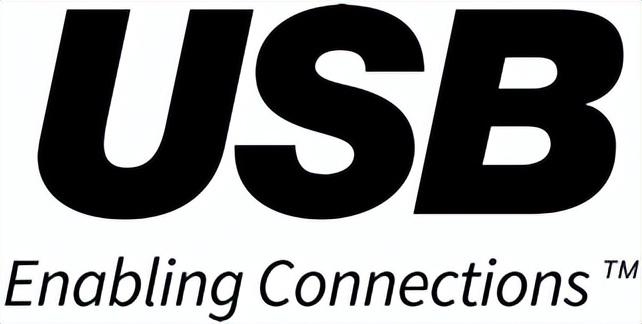 ng.
ng.
Technology launched by USB-IF USB currently has multiple versions of technical specifications. The latest version of the technical specification is USB4 2.0. The maximum rate of this technical standard has been increased to 80Gbps. It adopts a new data architecture, USB PD fast charging standard, USB Type-C Interface and cable standards will also be updated simultaneously.
WPC
The full name of WPC is Wireless Power Consortium, and its Chinese name is “Wireless Power Consortium”. It was founded on December 17, 2008. It is the world’s first standardization organization to promote wireless charging technology. As of May 2023, WPC has a total of 315 members. Alliance members cooperate with a common goal: to achieve full compatibility of all wireless chargers and wireless power sources around the world. To this end, they have formulated many specifications for wireless fast charging technology.
As wireless charging technology continues to evolve, its application scope has expanded from consumer handheld devices to many new areas, such as laptops, tablets, drones, robots, Internet of Vehicles, and smart wireless kitchens. WPC has developed and maintained a series of standards for a variety of wireless charging applications, including:
Qi standard for smartphones and other portable mobile devices.
The Ki wireless kitchen standard, for kitchen appliances, supports charging power up to 2200W.
Light Electric Vehicle (LEV) standard makes it faster, safer, smarter and more convenient to wirelessly charge light electric vehicles such as e-bikes and scooters at home and on the go.
Industrial wireless charging standard for safe and convenient wireless power transmission to charge robots, AGVs, drones and other industrial automation machinery.
There are now more than 9,000 Qi-certified wireless charging products on the market. WPC verifies the safety, interoperability and suitability of products through its network of independent authorized testing laboratories around the world.
COMMUNICATION
CSA
The Connectivity Standards Alliance (CSA) is an organization that develops, certifies and promotes smart home Matter standards. Its predecessor is the Zigbee Alliance founded in 2002. In October 2022, the number of alliance company members will reach more than 200.
CSA provides standards, tools and certifications for IoT innovators to make the Internet of Things more accessible, secure and usable1. The organization is dedicated to defining and increasing industry awareness and overall development of security best practices for cloud computing and next-generation digital technologies. CSA-IoT brings together the world’s leading companies to create and promote common open standards such as Matter, Zigbee, IP, etc., as well as standards in areas such as product security, data privacy, smart access control and more.
Zigbee is an IoT connection standard launched by the CSA Alliance. It is a wireless communication protocol designed for Wireless Sensor Network (WSN) and Internet of Things (IoT) applications. It adopts the IEEE 802.15.4 standard, operates in the 2.4 GHz frequency band, and focuses on low power consumption, low complexity and short-range communication. Promoted by the CSA Alliance, the protocol has been widely used in smart homes, industrial automation, healthcare and other fields.
One of Zigbee’s design goals is to support reliable communication between a large number of devices while maintaining low power consumption levels. It is suitable for devices that need to run for a long time and rely on battery power, such as sensor nodes. The protocol has various topologies, including star, mesh and cluster tree, making it adaptable to networks of different sizes and needs.
Zigbee devices can automatically form self-organizing networks, are flexible and adaptable, and can dynamically adapt to changes in network topology, such as the addition or removal of devices. This makes Zigbee easier to deploy and maintain in practical applications. Overall, Zigbee, as an open standard wireless communication protocol, provides a reliable solution for connecting and controlling various IoT devices.
Bluetooth SIG
In 1996, Ericsson, Nokia, Toshiba, IBM and Intel planned to establish an industry association. This organization was the “Bluetooth Technology Alliance”, referred to as “Bluetooth SIG”. They jointly developed a short-range wireless connection technology. The development team hoped that this Wireless communication technology can coordinate and unify work in different industrial fields like Bluetooth King. Therefore, this technology was named Bluetooth.
Bluetooth (Bluetooth technology) is a short-range, low-power wireless communication standard, suitable for various device connections and data transmission, with simple pairing, multi-point connection and basic security features.
Bluetooth (Bluetooth technology) can provide wireless connections for devices in the house and is an important part of wireless communication technology.
SPARKLINK ASSOCIATION
On September 22, 2020, Sparklink Association was officially established. The Spark Alliance is an industry alliance committed to globalization. Its goal is to promote the innovation and industrial ecology of the new generation of wireless short-range communication technology SparkLink, and to carry out rapidly developing new scenario applications such as smart cars, smart homes, smart terminals and smart manufacturing, and meet the needs of Extreme performance requirements. Currently, the association has more than 140 members.
The wireless short-range communication technology promoted by Sparklink Association is called SparkLink, and its Chinese name is Star Flash. The technical characteristics are ultra-low latency and ultra-high reliability. Relying on ultra-short frame structure, Polar codec and HARQ retransmission mechanism. SparkLink can achieve a latency of 20.833 microseconds and a reliability of 99.999%.
WI-FI ALLIANCE
The Wi-Fi Alliance is an international organization composed of a number of technology companies that is committed to promoting and promoting the development, innovation and standardization of wireless network technology. The organization was founded in 1999. Its main goal is to ensure that Wi-Fi devices produced by different manufacturers are compatible with each other, thereby promoting the popularity and use of wireless networks.
Wi-Fi technology (Wireless Fidelity) is a technology mainly promoted by Wi-Fi Alliance. As a wireless LAN technology, it is used for data transmission and communication between electronic devices through wireless signals. It allows devices (such as computers, smartphones, tablets, smart home devices, etc.) to exchange data within a limited range without the need for a physical connection.
Wi-Fi technology uses radio waves to establish connections between devices. This wireless nature eliminates the need for physical connections, allowing devices to move freely within a range while maintaining network connectivity. Wi-Fi technology uses different frequency bands to transmit data. The most commonly used frequency bands include 2.4GHz and 5GHz. These frequency bands are divided into multiple channels in which devices can communicate.
The speed of Wi-Fi technology depends on the standard and frequency band. With the continuous development of technology, Wi-Fi speed has gradually increased from the earliest hundreds of Kbps (kilobits per second) to the current several Gbps (gigabits per second). Different Wi-Fi standards (such as 802.11n, 802.11ac, 802.11ax, etc.) support different maximum transmission rates. Additionally, data transmissions are protected through encryption and security protocols. Among them, WPA2 (Wi-Fi Protected Access 2) and WPA3 are common encryption standards used to protect Wi-Fi networks from unauthorized access and data theft.
STANDARDIZATION AND BUILDING CODES
A major obstacle in the development of whole-house DC systems is the lack of globally consistent standards and building codes. Traditional building electrical systems typically run on alternating current, so whole-house DC systems require a new set of standards in design, installation and operation.
Lack of standardization may lead to incompatibility between different systems, increase the complexity of equipment selection and replacement, and may also hinder market scale and popularization. Lack of adaptability to building codes is also a challenge, as the construction industry is often based on traditional AC designs. Therefore, introducing a whole-house DC system may require adjustments and redefinition of building codes, which will take time and a concerted effort.
ECONOMIC COSTS AND TECHNOLOGY SWITCHING
The deployment of a whole-house DC system may involve higher initial costs, including more advanced DC equipment, battery energy storage systems, and DC-adapted appliances. These additional costs may be one of the reasons why many consumers and building developers are hesitant to adopt whole-home DC systems.
In addition, traditional AC equipment and infrastructure are so mature and widespread that switching to a whole-house DC system requires a large-scale technology conversion, which involves redesigning the electrical layout, replacing equipment, and training personnel. This shift could impose additional investment and labor costs on existing buildings and infrastructure, limiting the rate at which whole-house DC systems can be rolled out.
DEVICE COMPATIBILITY AND MARKET ACCESS
Whole-house DC systems need to gain compatibility with more devices on the market to ensure that various appliances, lighting and other devices in the home can run smoothly. Currently, many devices on the market are still AC-based, and the promotion of whole-house DC systems requires cooperation with manufacturers and suppliers to promote more DC-compatible devices to enter the market.
There is also a need to work with energy suppliers and electricity networks to ensure effective integration of renewable energy and interconnection with traditional grids. Issues of equipment compatibility and market access may affect the widespread application of whole-house DC systems, requiring more consensus and cooperation in the industry chain.
SMART AND SUSTAINABLE
One of the future development directions of whole-house DC systems is to place greater emphasis on intelligence and sustainability. By integrating intelligent control systems, whole-house DC systems can more accurately monitor and manage power usage, enabling customized energy management strategies. This means the system can dynamically adjust to household demand, electricity prices and the availability of renewable energy to maximize energy efficiency and reduce energy costs.
At the same time, the sustainable development direction of whole-house DC systems involves the integration of wider renewable energy sources, including solar energy, wind energy, etc., as well as more efficient energy storage technologies. This will help build a greener, smarter and more sustainable home power system and promote the future development of whole-house DC systems.
STANDARDIZATION AND INDUSTRIAL COOPERATION
In order to promote wider application of whole-house DC systems, another development direction is to strengthen standardization and industrial cooperation. Establishing globally unified standards and specifications can reduce system design and implementation costs, improve equipment compatibility, and thereby promote market expansion.
In addition, industrial cooperation is also a key factor in promoting the development of whole-house DC systems. Participants in all aspects, including builders, electrical engineers, equipment manufacturers and energy suppliers, need to work together to form a full-chain industrial ecosystem. This helps resolve device compatibility, improve system stability, and drive technological innovation. Through standardization and industrial cooperation, whole-house DC systems are expected to be more smoothly integrated into mainstream buildings and power systems and achieve wider applications.
SUMMARY
Whole-house DC is an emerging power distribution system that, unlike traditional AC systems, applies DC power to the entire building, covering everything from lighting to electronic equipment. Whole-house DC systems offer some unique advantages over traditional systems in terms of energy efficiency, renewable energy integration, and equipment compatibility. First, by reducing the steps involved in energy conversion, whole-house DC systems can improve energy efficiency and reduce energy waste. Secondly, DC power is easier to integrate with renewable energy equipment such as solar panels, providing a more sustainable power solution for buildings. In addition, for many DC devices, adopting a whole-house DC system can reduce energy conversion losses and increase the performance and life of the equipment.
The application areas of whole-house DC systems cover many fields, including residential buildings, commercial buildings, industrial applications, renewable energy systems, electric transportation, etc. In residential buildings, whole-house DC systems can be used to efficiently power lighting and appliances, improving home energy efficiency. In commercial buildings, DC power supply for office equipment and lighting systems helps reduce energy consumption. In the industrial sector, whole-house DC systems can improve the energy efficiency of production line equipment. Among renewable energy systems, whole-house DC systems are easier to integrate with equipment such as solar and wind energy. In the field of electric transportation, DC power distribution systems can be used to charge electric vehicles to improve charging efficiency. The continued expansion of these application areas indicates that whole-house DC systems will become a viable and efficient option in building and electrical systems in the future.
For more information, pls. contact “maria.tian@keliyuanpower.com”.
Post time: Dec-23-2023


